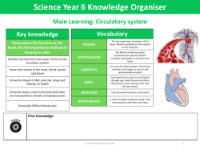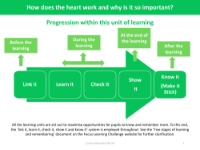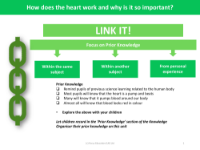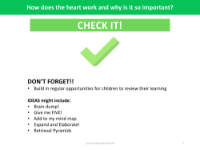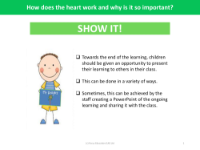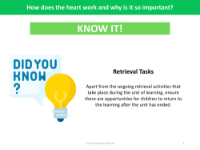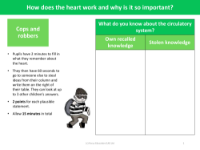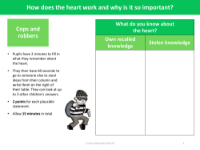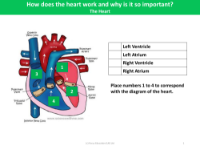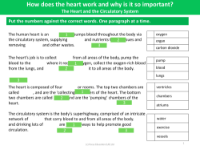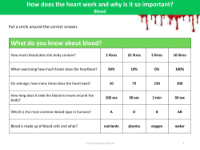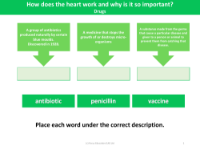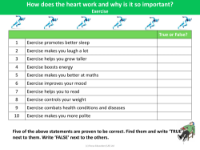Speak like an expert - Circulatory system
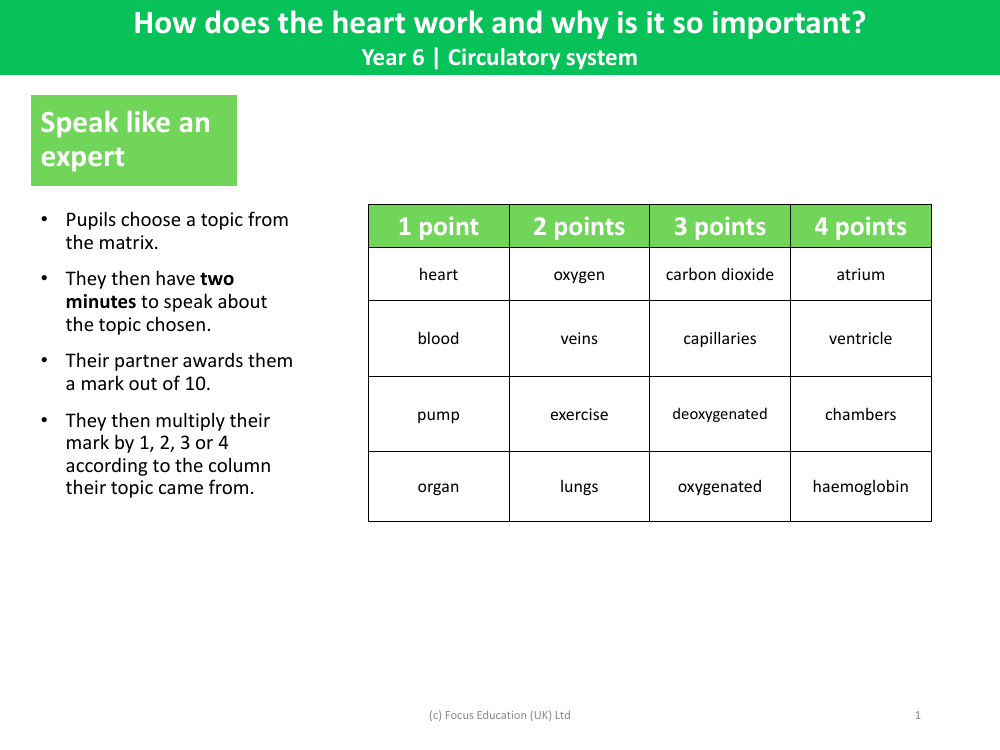
Science Resource Description
The human heart is a remarkable organ central to the circulatory system, performing the vital task of pumping blood throughout the body. Structurally, the heart consists of four chambers: the upper chambers are called atria, with the right atrium receiving deoxygenated blood from the body and the left atrium receiving oxygenated blood from the lungs. The lower chambers, known as ventricles, are responsible for pumping blood out of the heart; the right ventricle sends blood to the lungs for oxygenation, while the left ventricle pumps oxygenated blood to the rest of the body.
The heart operates as a pump through a series of coordinated contractions initiated by electrical impulses, which maintain a steady rhythm. This rhythm ensures that blood is continuously circulated, delivering oxygen and nutrients to tissues and organs while removing carbon dioxide and other waste products. Oxygenated blood is rich in haemoglobin, a protein in red blood cells that binds to oxygen molecules, facilitating their transport. The importance of the heart lies in its relentless work to maintain homeostasis, support metabolic processes, and sustain life. Any disruption in its function can have significant consequences, highlighting why understanding and maintaining heart health is crucial.

